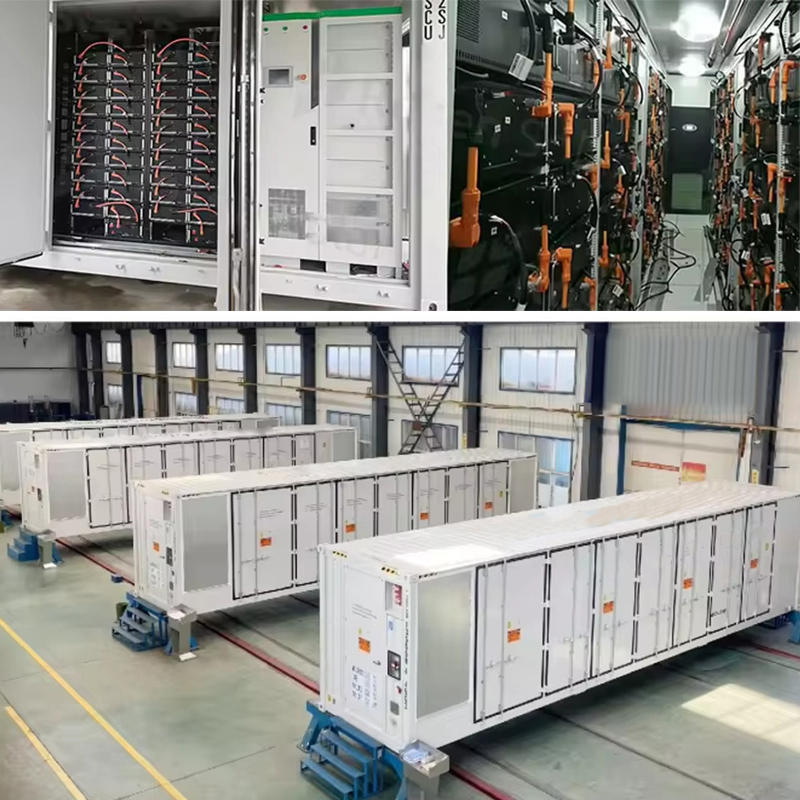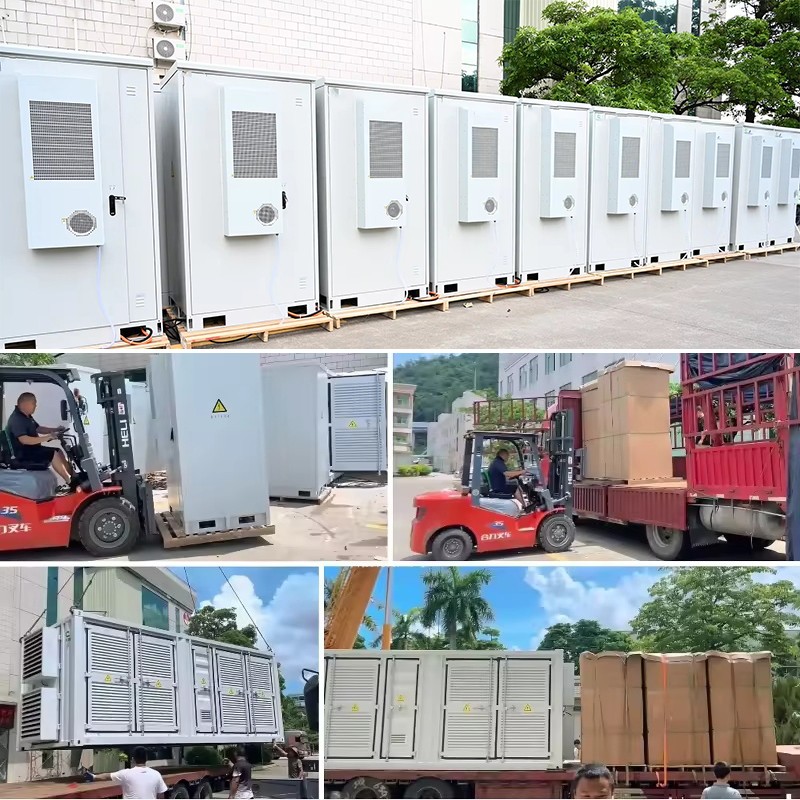Currently, the megawatt-scale energy storage system market in Africa is relatively small, but the growth potential is huge. According to market research institutions, the installed capacity of energy storage systems in Africa is expected to reach thousands of megawatts by 2030,Key growth drivers include an increase in renewable energy projects, improved power infrastructure.

1.Application Area
Power Grid Services: Provide frequency regulation, voltage support and other services to enhance the stability and reliability of the power grid.
Renewable Energy integration: helps smooth the intermittency of wind and solar power generation and improve the utilization of renewable energy.
Microgrid: In remote areas or critical facilities, as an independent power supply solution.
Commercial And Industrial Users: Reduce electricity bills during peak hours and increase energy self-sufficiency.
2.Technological Type
Lithium-ion batteries:The most common megawatt-scale energy storage technology on the market today, with high energy density and long cycle life.
3.Technical Progress
Battery technology: With the advancement of lithium-ion batteries and other battery technologies, the energy density of energy storage systems continues to increase, and the cost gradually decreases.
Management systems: Intelligent management systems make energy storage systems more efficient and reliable, enabling real-time monitoring and optimization of performance.
Integrated solutions: More and more vendors offer integrated solutions that include energy storage systems, inverters and management systems, simplifying installation and operation

4.Market Requirement
Renewable energy: As the proportion of renewable energy increases, so does the demand for energy storage systems to address their intermittency and instability.
Grid modernization: In order to improve the flexibility and stability of the grid, more and more countries and regions are investing in megawatt-level renewable energy storage systems.
In conclusion, the demand for megawatt energy storage systems in the African market is getting higher and higher, if you want to know, please contact us.
